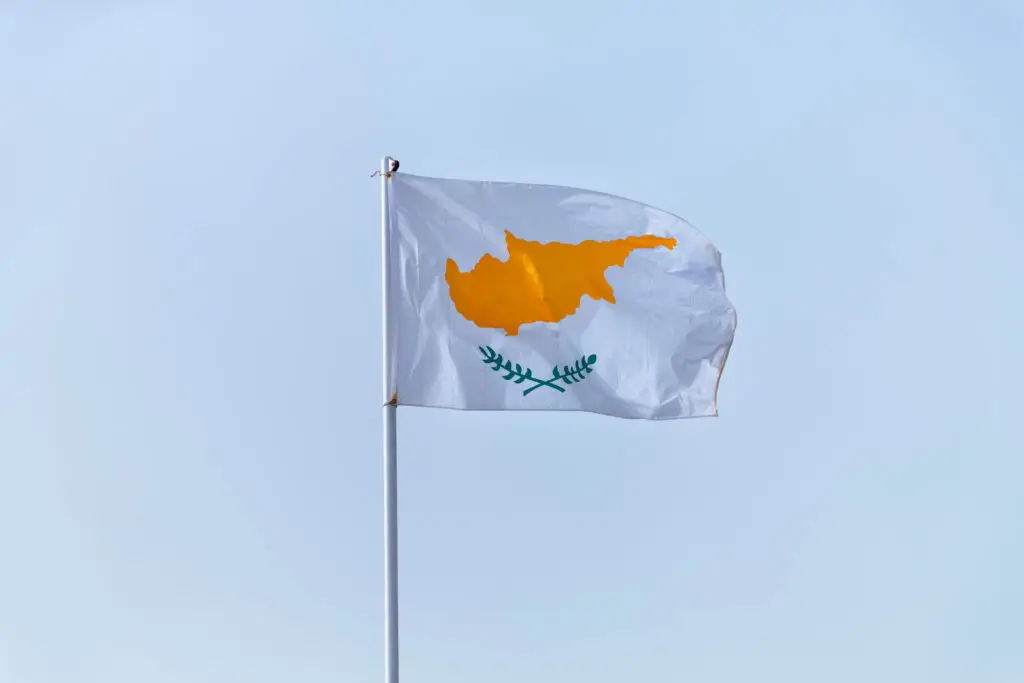The Pillar Two Model Rules (also referred to as the “Global Anti-Base Erosion Model Rules” or “GloBE Rules”), released on 20 December 2021, are part of the Two-Pillar Solution to address the tax challenges of the digitalisation of the economy that was agreed by 137 member jurisdictions of the OECD/G20 Inclusive Framework on BEPS and endorsed by the G20 Finance Ministers and Leaders in October 2021. They were developed by delegates from all Inclusive Framework member jurisdictions and agreed and approved by consensus. A key part of the OECD/G20 BEPS Project is addressing the tax challenges arising from the digitalisation of the economy. In October 2021, over 137 jurisdictions joined a ground breaking plan to update key elements of the international tax system which is no longer fit for purpose in a globalised and digitalised economy. The Global Anti-Base Erosion Rules (GloBE – Pillar II) are a key component of this plan and ensure large multinational enterprise pay a minimum level of tax on the income arising in each of the jurisdictions where they operate.
The GloBE Rules provide for a co-ordinated system of taxation that imposes a top-up tax on profits arising in a jurisdiction whenever the effective tax rate, determined on a jurisdictional basis, is below the minimum rate. This publication delineates the scope and sets out the operative provisions and definitions of the GloBE Rules. These rules are intended to be implemented as part of a common approach and to be brought into domestic legislation as from 2022.
The Pillar Two Model Rules are designed to ensure large multinational enterprises (MNEs) pay a minimum level of tax on the income arising in each jurisdiction where they operate. The rules run to about 45 pages with another 15 pages of definitions. They are drafted as model rules that provide a template that jurisdictions can translate into domestic law, which should assist them in implementing Pillar Two within the agreed timeframe and in a co-ordinated manner.
Taxpayers that either have no foreign presence or that have less than EUR 750 million in consolidated revenues are not in scope of the Model Rules. In addition, the Pillar Two Model Rules do not apply to government entities, international organisations and non-profit organisations (preserving domestic tax exemptions for sovereign, non-profit and charitable entities), nor do they apply to entities that meet the definition of a pension, investment or real estate fund (preserving the widely shared tax policy of not wishing to add an additional layer of taxation between the investment and the investor). These entities are excluded even if the MNE group they control remains subject to the rules.
Taxpayers in scope of the rules calculate their effective tax rate for each jurisdiction where they operate, and pay top-up tax forthe difference between their effective tax rate perjurisdiction and the 15% minimum rate. Any resulting top-up tax is generally charged in the jurisdiction of the ultimate parent of the MNE. A de minimis exclusion applies where there is a relatively small amount of revenue and income in a jurisdiction. The Pillar Two Model Rules also contemplate the possibility that jurisdictions introduce their own domestic minimum top-up tax based on the GloBE mechanics, which is then fully creditable against any liability under GloBE, thereby preserving a jurisdiction’s primary right of taxation over its own income.
Important to know:
These rules apply to large corpoartes only, meaning that a small business pay a tax according to a standard corporate tax rate in the country where they operate.
Source: OECD





